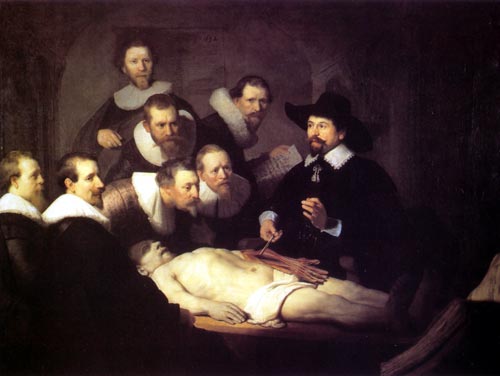Legendary photographer, Steve McCurry, was born in Philadelphia in 1950. He first pursued documentary filming, but decided to take the road of a newspaper photographer. McCurry travelled the world as a free lance photojournalist, and photographed civil struggles in Pakistan. When he eventually re-entered Pakistan (years later), he had rolls of film sewn within his clothes. McCurry is known for being unrestrained with his photography, and going the extra mile to portray the strife of millions of people through his photos. McCurry gravitates towards people suffering and in pain, and shows the essence of their thoughts. He wants people to stare into the eyes and face of the people, to feel their agony. Through looking at one of his simple, yet magnificent photos, he takes you on an everlasting journey through a stranger’s eyes. McCurry’s vision cannot be withheld inside him.
“Most of my photos are grounded in people, I look for the unguarded moment, the essential soul peeking out, experience etched on a person’s face.” 
After exploring the many galleries of Steve McCurry, the photo that is always carved into my mind is of a boy running through a hall that is covered with red hand prints. The walls are bright blue, and the prints are a deep, burgundy red. The two colors collide, capturing peoples’ attention. Undoubtedly, the most intriguing aspect of this photo is the aura of mystery. It captures a fleeting moment in the boy’s life and freezes it. The scene is completely up for interpretation. The reader could create many reasons for why the boy was running. Could he be playing a game of tag, did his mother just call him to come over for lunch, or could a man with a gun be just behind the photographer? They could also wonder about the handprints. Were they little decorations for the street, or were they representing the blood of children that were shed in some kind of war? This sense of liberty McCurry set up for the viewer forms a connection, as if they were a part of the scene occurring within the frame.
“A good picture makes us curious and makes us want to know more.”When people first see the photo I think that they mainly focus on the boy running and the red hands. This is because the hands are in the front, and the boy is in the center of the photo, emphasizing the two main features. After staring at the captured moment for a few more seconds, the viewer looks deeper. After my eyes wandered around the page they kept flickering back to the orange wall on the right of the picture. This was put in keenly by McCurry because it subtly shows people the conditions that the boy lives in. The wall is cracking and slowly rotting away. The walls and floor are the background of the photo, and tell their own story of the poverty in the area. The foreground, the boy and hands, shows the intricate attributes and the background, the rotting walls, shows simplicity.
McCurry uses foreground and background, color contrast, size and position, and more in order to have world class photography. He pours peoples’ hearts out through the lens and allows their voices to be heard. Many of his photos show fear through the innocent eyes of children, or the strain on an old woman’s face and McCurry allows their sorrow to seep into peoples’ souls. He shows raw and tender moments in the lives of strangers.
“Fishermen cleaning nets, families sharing meals and celebrations, artisans crafting their wares, nomads continually on the move; even the most seemingly mundane activities can be inspirational when you look beneath the surface." McCurry photos display the internal and physical pain of an average person placed in a tormenting, impossible situation. He challenges us to act. It is because of this that McCurry’s photos will endure forever. No matter how much time may pass, the distress on the peoples’ faces will never fade away, and it will stick with you long after you have shifted your eyes away from the photo. It is because of this that McCurry will forever and always be a legend.



